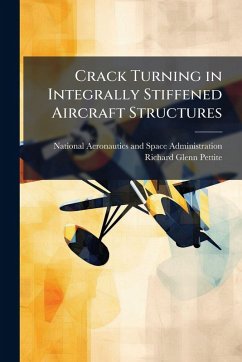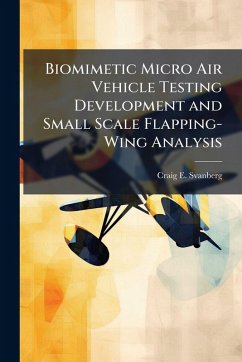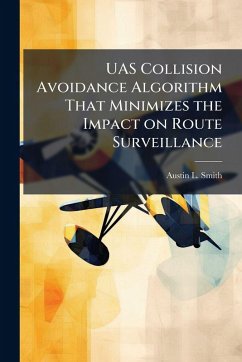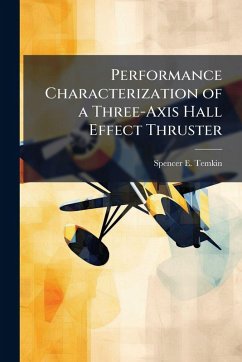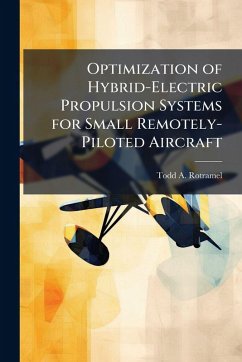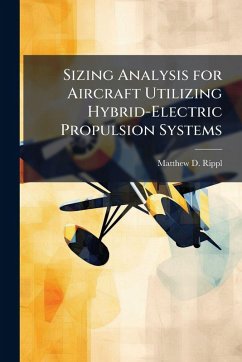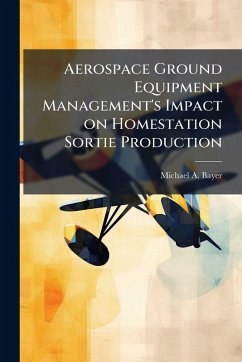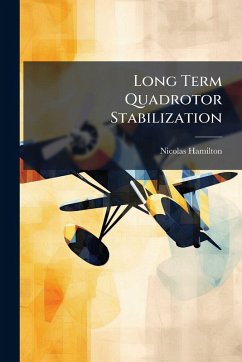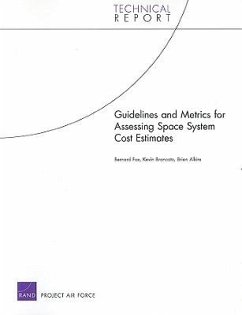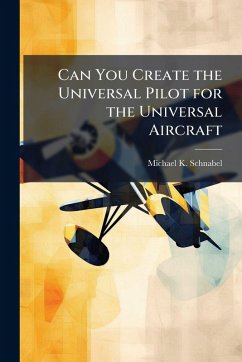
Impact of Parameter Accuracy on Aircraft Structural Integrity Estimates
Versandkostenfrei!
Versandfertig in über 4 Wochen
17,99 €
inkl. MwSt.
Weitere Ausgaben:

PAYBACK Punkte
9 °P sammeln!
The USAF initiated the Aircraft Structural Integrity Program (ASIP) over 40 years ago because of catastrophic, unanticipated, in-flight fatigue failures of in-service aircraft. In essence, ASIP is the management tool for the USAF to safely manage the fleet from initial operating capability through the design service goal and beyond. Since ASIP's inception, the USAF has not had a single catastrophic structural failure. The primary analysis tool to determine the fatigue life of a structural component in ASIP is linear elastic fracture mechanics (LEFM). In this effort, nine LEFM parameters were i...
The USAF initiated the Aircraft Structural Integrity Program (ASIP) over 40 years ago because of catastrophic, unanticipated, in-flight fatigue failures of in-service aircraft. In essence, ASIP is the management tool for the USAF to safely manage the fleet from initial operating capability through the design service goal and beyond. Since ASIP's inception, the USAF has not had a single catastrophic structural failure. The primary analysis tool to determine the fatigue life of a structural component in ASIP is linear elastic fracture mechanics (LEFM). In this effort, nine LEFM parameters were identified that affect the fatigue life: initial flaw assumption, boundary correction factor, load interaction models, crack growth rate data, stress intensity factor, threshold stress intensity factor, yield stress, and critical stress intensity factor. This work has been selected by scholars as being culturally important, and is part of the knowledge base of civilization as we know it. This work was reproduced from the original artifact, and remains as true to the original work as possible. Therefore, you will see the original copyright references, library stamps (as most of these works have been housed in our most important libraries around the world), and other notations in the work. This work is in the public domain in the United States of America, and possibly other nations. Within the United States, you may freely copy and distribute this work, as no entity (individual or corporate) has a copyright on the body of the work. As a reproduction of a historical artifact, this work may contain missing or blurred pages, poor pictures, errant marks, etc. Scholars believe, and we concur, that this work is important enough to be preserved, reproduced, and made generally available to the public. We appreciate your support of the preservation process, and thank you for being an important part of keeping this knowledge alive and relevant.



